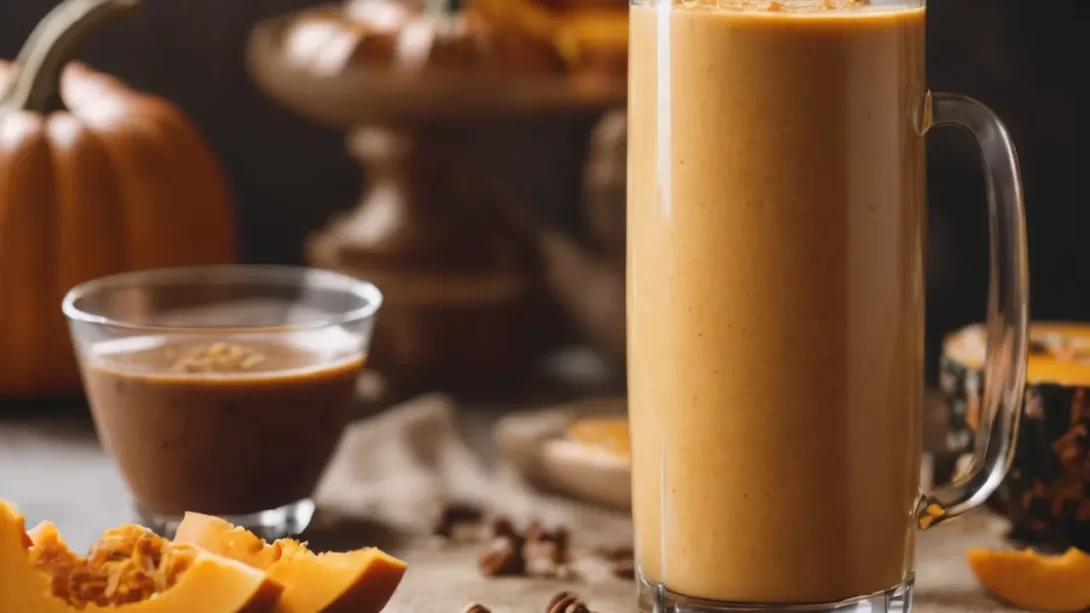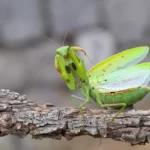Pumpkins, the quintessential symbol of autumn, are more than just a Halloween decoration; they are a versatile and nutritious food source. This article will explore the various ways to prepare and savor pumpkins, highlighting their culinary flexibility and health benefits.
Pumpkin Varieties
Pumpkins come in various types, each suited for different culinary uses. Sugar pumpkins, also known as pie pumpkins, are small and sweet, making them ideal for cooking and baking. Carving pumpkins, while popular during Halloween, are less ideal for eating due to their stringy and watery flesh. In terms of nutrition, pumpkins are a powerhouse, rich in vitamins, minerals, fiber, and antioxidants, making them a beneficial addition to any diet.
Preparing the Pumpkin
Before cooking or eating a pumpkin, proper preparation is key:
- Washing and Cutting: Rinse the pumpkin under cool water to remove any dirt or debris. To cut, use a sharp, sturdy knife and slice the pumpkin down the middle. For larger pumpkins, you may need to cut into quarters for easier handling.
- Peeling and Removing Seeds: Scoop out the seeds and fibrous strands with a spoon. Pumpkin seeds can be set aside for roasting. If the recipe calls for peeled pumpkin, use a vegetable peeler or a knife to remove the skin.
- Storing Unused Pumpkin: Wrap the unused portions in plastic wrap or place them in an airtight container and store them in the refrigerator for a few days. Pumpkin can also be cubed and frozen for long-term storage.
Cooking Methods for Pumpkin
Pumpkins can be cooked using various methods, each imparting different flavors and textures:
- Roasting: Roasting pumpkin enhances its natural sweetness. Cut the pumpkin into evenly sized pieces, toss with oil and seasonings, and roast until tender.
- Boiling: Boiling is a quick method to soften pumpkin for purees or soups. Cut the pumpkin into chunks and boil until soft, then blend or mash.
- Steaming: Steaming preserves more nutrients compared to boiling. Steam pumpkin pieces until tender, ideal for mashing or as a side dish.
- Baking: Baking whole or halved pumpkins is excellent for making purees or filling for pies. Bake until the flesh is soft and scoopable.
Simple Pumpkin Recipes
Pumpkins offer a wealth of culinary possibilities, from savory soups to sweet desserts. Here are some simple yet delightful pumpkin recipes to try:
- Roasted Pumpkin Seeds: Don’t discard the seeds from your pumpkin. Clean them, toss with a bit of oil and your favorite seasonings, and roast in the oven for a crunchy snack.
- Homemade Pumpkin Puree: For a fresh alternative to canned puree, cut the pumpkin into chunks, remove the skin, and bake until tender. Then blend until smooth. This puree can be used in a variety of recipes, including pies and soups.
- Savory Dishes:
- Pumpkin Soup: Blend cooked pumpkin with stock and seasonings for a comforting soup.
- Roasted Pumpkin: Cube and roast pumpkin as a side dish, seasoned with herbs like rosemary or thyme.
- Pumpkin Curry: Incorporate pumpkin chunks into a curry for a hearty meal.
- Sweet Treats:
- Pumpkin Pie: A classic holiday dessert, using either homemade or canned pumpkin puree.
- Pumpkin Bread: Bake a moist, spiced pumpkin bread as a delicious snack or breakfast option.
- Pumpkin Cookies: Mix pumpkin puree into cookie dough for a seasonal treat.
Eating Raw Pumpkin
While most pumpkin dishes involve cooking, raw pumpkin can also be consumed and is quite nutritious. Raw pumpkin is rich in vitamins and enzymes:
- Salads: Grate raw pumpkin into salads for a crunchy, nutritious addition.
- Smoothies: Add cubed raw pumpkin to smoothies for extra fiber and a subtle, sweet flavor.
Using Pumpkin in Beverages
Pumpkin can be a delightful addition to various beverages:
- Pumpkin Spice Latte: A fall favorite, this beverage can be made with pumpkin puree, spices, coffee, and milk.
- Pumpkin Smoothies: Blend pumpkin puree with yogurt, banana, a touch of honey, and a dash of cinnamon for a healthy smoothie.
Conclusion
Pumpkins are not only a symbol of autumn festivities but also a versatile and nutritious ingredient that can enhance a wide range of dishes. From the simple pleasure of roasted seeds to the comfort of a creamy soup or the sweetness of a classic pie, pumpkins offer endless culinary possibilities.
When incorporating pumpkins into your diet, remember to choose the right variety for your recipe, and don’t be afraid to experiment with both cooking and raw preparations. Whether you’re using homemade pumpkin puree for your baking needs or adding raw pumpkin to your salads and smoothies, there’s a multitude of ways to enjoy this nutritious vegetable.
The health benefits of pumpkins, rich in vitamins, minerals, and fiber, make them a valuable addition to any diet. Moreover, their versatility in cooking—from savory to sweet and drinks—allows for creative and delicious recipes that can satisfy any palate.
In summary, whether you’re a seasoned cook or new to pumpkin recipes, this guide provides the foundation for exploring the many flavors and textures that pumpkins have to offer. So, next time you pick up a pumpkin, think beyond the jack-o’-lantern and consider the various tasty and healthy dishes you can create. Enjoy the journey of discovering all the delightful ways to incorporate this wonderful autumn staple into your meals.




